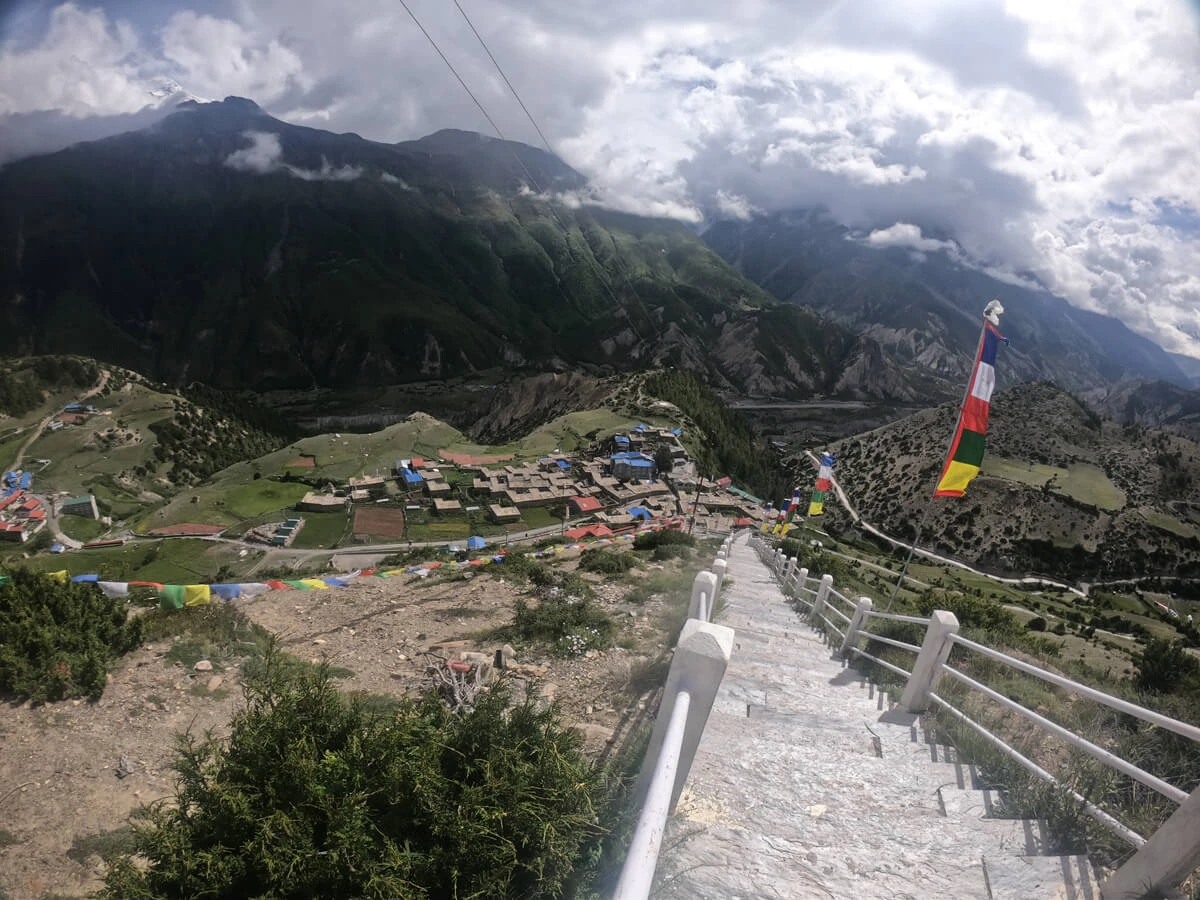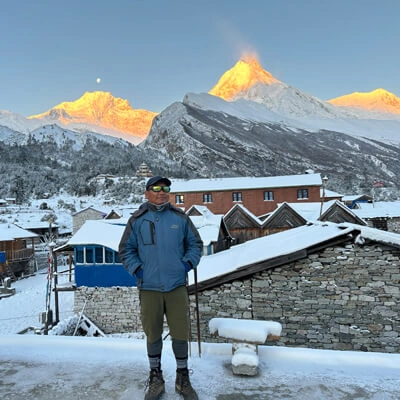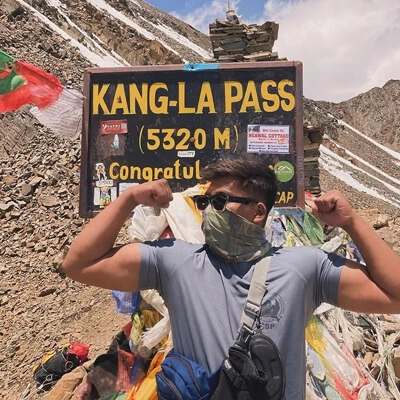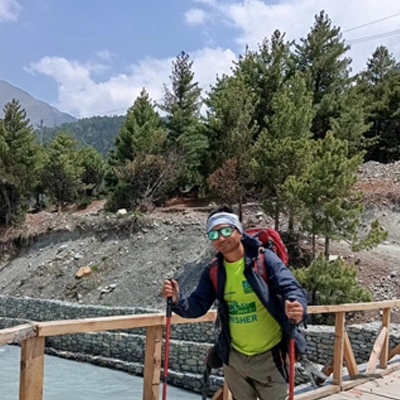Trekking in the Nar Phu Valley, located in the Trans Himalaya, directly behind the north face of Mount Annapurna, is remarkably brief. The Nar Phu Valley Short Trek combines natural beauty, adventure, and culture. The highlights of the journey include towering peaks and adventurous passes, glaciers, secluded ancient villages, raging rivers forming deep gorges, beautiful forests, amazing rock formations, a herd of yaks and wild goats, Gombas, and the unique medieval Tibetan culture passed down from their ancestors. In 2003, Nar Phu Valley was formally opened to hikers as a teahouse and homestay concept. You must obtain special trekking permits from the authorized trekking agency because this is trekking in a restricted area.
This day, the Nar Phu Valley Short Trek starts from Koto village and branches off from the main trail of Nepal's fabled Annapurna Circuit because there is road access to the Chame district headquarters of Manang and beyond. Following Nar Khola, where very few hikers are visible, the trail leads to Nar Phu Valley after crossing the Marsyangdi River at Koto. Trekkers quickly leave the more popular routes behind and enter the secluded Nar Phu Valley. The trail winds through a forest and a narrow path with sporadic views of mountains. The vibrant Tibetan chortens, monasteries, prayer stones, rock paintings, and vast pastureland across Dharmashala justify your journey.
Then proceed to the Nar Phu Valley via Meta, Chyakhu, and Kang, where the shattered remnants of buildings evoke memories of the Tibetan rebels' Khampa revolution in the 1960s. From Phu Village, there are various options for side excursions. The Tashi Khaling Gumba, Himlung Himal Base Camp (4,920 m), and the holy Damodar Kunda Trail are just a few. When conditions are right, well-prepared hikers can go straight from Phu to Nar village, completing a challenging route that includes Phu Pass (5,050 m) and Nar Pass (5,400 m).
After returning to Meta village, you can visit the Kangaru Himal Base Camp (4,500 m) before continuing to Nar Phedi and Nar Village, which will lead you to the Kanga La Pass (5,320 m). 360-degree views of the Annapurna Range, Chulu Range, Himlung Himal (7,176 m), Kangaru Himal (6,981 m), and Lamjung Himal (6,983 m) can be seen from Kang La Pass. Finally, the Kang La Pass Short Trek ends at Chame on the Annapurna Circuit main trail via Ngawal (3675 m), from where you drive back to Besisahar and onward to your destination. These days, you can drive from Ngawal to Besisahar directly by Jeep; it takes about 10 hours.
A quick trip to Nar Phu Valley is a wonderful way to learn about the richness of Nepalese culture and mountaineering. This trekking is more affordable in comparison to other Nepalese-restricted areas. Hikers on a tight budget who want to quickly see the high Himalayas will find this nine-day teahouse trek ideal. Are you interested in exploring Nepal's Beaten Path during the optimal time of year while avoiding large crowds of tourists? Then, Nar Phu Valley, Short Terk, and Kangla Pass would be your primary travel destinations. At Nepal Mother House Treks, we are pleased to assist you in organizing your trip at any time of year, providing you with competent local guides and porters. Nonetheless, fall and spring are the ideal seasons for this hike. Because Nar Phu Valley is located in a rainshadowed area behind the Himalayas, it is best visited during the monsoon.
Our group visited the Nar Phu Valley Trek in late July and early August of 2024. The road and trail are in excellent shape right now. For more details about the teahouses, accommodation, and trail conditions, watch the Nar Phu Valley YouTube video.















